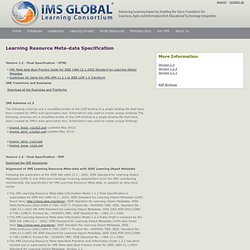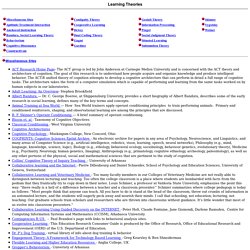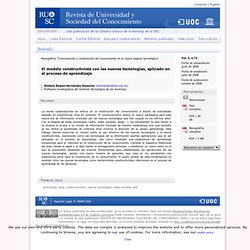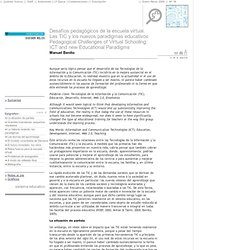

Metadata Specification. Version 1.3 - Final Specification - HTML IMS Transform and Examples Download all the Examples and Tranforms IMS Schemas v1.3 The following schemas are a simplified profile of the LOM binding in a single binding file that have been created by IMS's auto generation tool.

Schematron was used to create unique bindings.The following schemas are a simplified profile of the LOM binding in a single binding file that have been created by IMS's auto generation tool. Version 1.3 - Final Specification - PDF Download the PDF documents Alignment of IMS Learning Resource Meta-data with IEEE Learning Object Metadata Following the publication of the IEEE Std 1484.12.1 - 2002, IEEE Standard for Learning Object Metadata (LOM) in July 2002 and meetings involving stakeholders from the IMS contributing membership, the specification for IMS Learning Resource Meta-data, is updated as described below: Version 1.2.4 - XSD Schema - Maintenance Release The following changes have been made for v1.2.4: 1. Imsmd_v1p2p4.xsd.
SCORM. Bienvenido al Portal de Corporación Universitaria para el Desarrollo de Internet. Simposio Virtual SOMECE 2004. Learning_Theories. Learning Theories Miscellaneous SitesACT Research Home Page- The ACT group is led by John Anderson at Carnegie Mellon University and is concerned with the ACT theory and architecture of cognition.

The goal of this research is to understand how people acquire and organize knowledge and produce intelligent behavior. The ACT-R unified theory of cognition attempts to develop a cognitive architecture that can perform in detail a full range of cognitive tasks. The architecture takes the form of a computer simulation which is capable of performing and learning from the same tasks worked on by human subjects in our laboratories. Adult Learning: An Overview- Stephen Brookfield Albert Bandura — Dr. Anchored InstructionAnchored Instruction - "Anchored instruction requires putting the students in the context of a problem-based story. Dual Coding Theory John Dewey BehaviorismA laboratory study of fear: The case of Peter. Gestalt Theory Robert Gagné. Stefany Raquel Hernández Requena - El modelo constructivista con las nuevas tecnologías, aplicado en el proceso de aprendizaje. La teoría constructivista se enfoca en la construcción del conocimiento a través de actividades basadas en experiencias ricas en contexto.

El constructivismo ofrece un nuevo paradigma para esta nueva era de información motivado por las nuevas tecnologías que han surgido en los últimos años. Desafíos pedagógicos de la escuela virtual.<br> Las TIC y los nuevos paradigmas educativos<br>Pedagogical Challenges of Virtual Schooling.<br> ICT and new Educational Paradigms. Aunque sería lógico pensar que el desarrollo de las Tecnologías de la Información y la Comunicación (TIC) incidiría en la mejora sustancial en el ámbito de la Educación, la realidad muestra que en la actualidad ni el uso de estos recursos en la escuela ha llegado a ser masivo, ni parece haber cambiado sustancialmente ni las pautas de formación del profesorado ni la forma en que éste entiende los procesos de aprendizaje.

Palabras clave: Tecnologías de la Información y la Comunicación (TIC), Educación, Desarrollo, Internet, Web 2.0, Enseñanza Although it would seem logical to think that developing Information and Communications Technologies (ICT) would end up substantially improving the field of education, the reality is that today the use of these resources in schools has not become widespread, nor does it seem to have significantly changed the type of educational training for teachers or the way this group understands the learning process.
REVISTA PIXEL-BIT.NÚMERO 12. ENERO 1999. Santos Urbina Ramírez Universitat de les Illes Ballears El presente artículo pretende hacer un recorrido por las principales teorías del aprendizaje y sus autores más relevantes, siguiendo una trayectoria temporal, con la finalidad de establecer de qué manera sus concepciones han influido e influyen en los procesos de diseño y las situaciones de aplicación de los programas informáticos educativos.
Para ello se ofrece una somera descripción de las aportaciones más relevantes de cada autor o teoría y, a continuación, se analizan sus aplicaciones en el campo del software educativo. The present article seeks to make a review for the main learning theories and its more representative authors, from a historic perspective: The purpose of this review is determine the way in wich its conceptions have influenced in the design processes and the implementation's situations of the educational software.